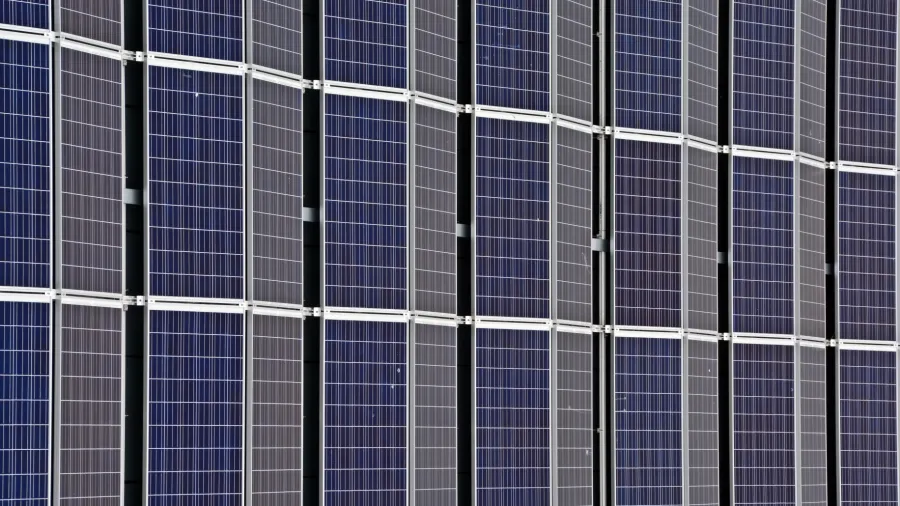
India grows solar capacity by 11GW
This is 47% higher than its 2021 installations.
India’s utility scale solar capacity increased by 47% or by about 11 gigawatts in 2022, JMK Research reported.
In the rooftop solar segment, the market added about 1.9GW od capacity between January and December 2022. This is 42% lesser than the recorded installations in 2021.
Read more: Other RE sector in India to expand slower than solar: report
Moreover, nearly 700 megawatts of offgrid/distributed solar segment were added over the same period. This represents a 50% year-on-year drop.
Citing data from the Ministry of Renewables Energy (MNRE), JMK Research noted that India’s renewables installation capacity saw a cumulative growth of 120.85GW until December 2022 with solar energy accounting for more than 50%.



















 Advertise
Advertise






